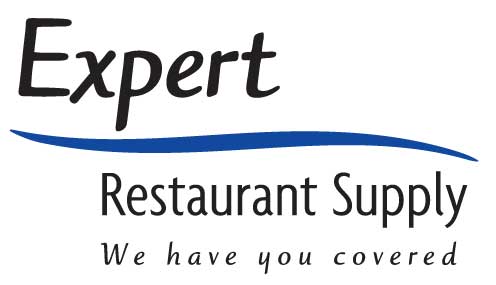Every productive kitchen has sharp, well cared for knives. All knives are designed for certain tasks. Within this blog post we will talk about what knives to use and when to use them. Let’s start by talking about the basic working knowledge of a knife.

Point: The very end of the blade. This is usually sharpened to a fine point and can be used to pierce or score the surface of food.
Blade: The blade usually crafted from steel, does the cutting.
Edge: This refers to the sharpened part of the blade, which is used for the majority of cutting work. It may be serrated (as with bread knives) or it may be straight.
Tip: The front part of the knife’s edge, just beneath the point, is called the tip. It’s the part of the blade which is normally used for delicate chopping and cutting work.
Spine: The spine is the blunt upper side of the blade, opposite to the cutting edge. The thickness of the spine gives strength to blade: as a rule, the thicker the spine, the stronger the blade.
Heel: The heel is the lower edge of the blade, furthest from the tip, next to the bolster. It’s often the widest part of the blade. This part of the edge is most commonly used when the chef needs more strength or pressure to cut through thicker or tougher foods.
Tang: The tang is the unsharpened part of the blade which connects the blade edge to the handle. The tang is vital to the overall balance, weight, stability, and strength of the knife.
Handle or scales: Sometimes called ‘scales’, the handle is the part of the knife grasped by the chef during use.
Bolster: The bolster is the raised area between the blade and the handle. It puts a small space between the chef’s hand and the blade.
Handle fasteners, or rivets: These are the rivets or screws which fix the handle parts to the tang.
Butt: The name given to the end of the handle, at the very bottom of the knife.
Now that you know the anatomy of a knife, you can better choose what type of knife you need to be using. What may be an effective cutting tool for one kind of food may not work so well on other food. That’s why it’s important to find the right type of knife for the job. Now we will discuss the difference between knives and the tasks each knife is suited for.
Chef’s knife is also called a cooks knife. This knife has a long, broad blade with a straight edge. Chef’s knives are best used for chopping and dicing vegetables, even cutting harder foods like potatoes or carrots.
Utility knife is a similar knife to a chef’s knife but slimmer and smaller. They also have a sharp tip, which allows for more detailed works. This knife is basically just a smaller version of a chef’s knife.
Paring knife is a short, slim evenly sized blade with a pointed tip. It allows for easy handling and is great for peeling, trimming, and removing seeds from fruits and vegetables.
Bread knife has a long blade, with a sharp serrated edge. This sort of knife is designed for use on softer items. Such as bread, bagels, baguettes, cake and pasties.
Carving knife is great for poultry, pork, lamb or beef. These knives area long, slim knife, tapering to a sharp point. They are sometimes called a slicing knife.
A boning knife is a slim blade with a very sharp tip. They are great knives to use for trimming cartilage, cutting meat bones, and creating the perfect cuts into meat before cooking.
Filleting knife is best for cutting fish, removing bones, piercing skin. It is a long, slim knife with a flexible blade.
There are many more types of knives out there but these are the most popular and most effective cutting tools for any kitchen. Remember all knives are designed for certain tasks. Cutting food should be an easy task. Make sure you’re using the right knife, for the task at hand.



